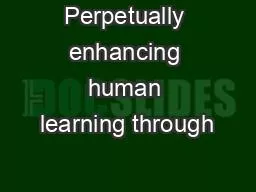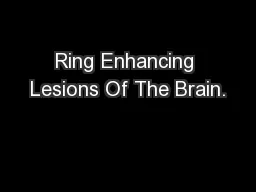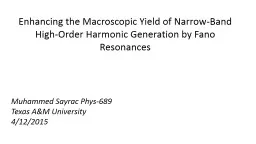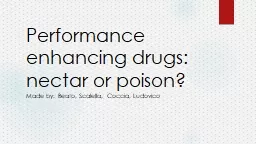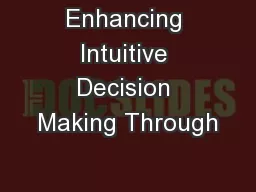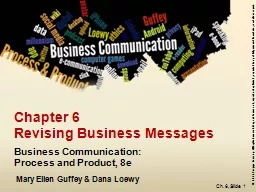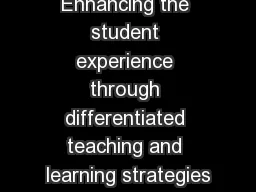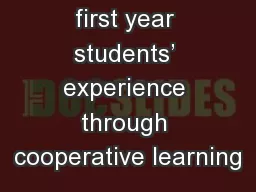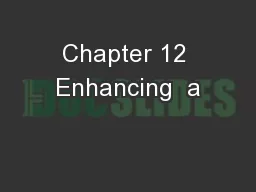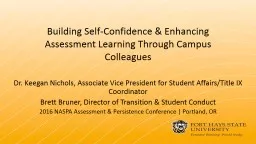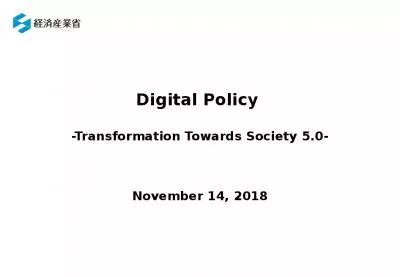PPT-Perpetually enhancing human learning through
Author : windbey | Published Date : 2020-08-26
collaborative dynamic personalized experimentation Joseph Jay Williams Harvard Office of the Vice Provost for Advances in Learning National University of Singapore
Presentation Embed Code
Download Presentation
Download Presentation The PPT/PDF document "Perpetually enhancing human learning thr..." is the property of its rightful owner. Permission is granted to download and print the materials on this website for personal, non-commercial use only, and to display it on your personal computer provided you do not modify the materials and that you retain all copyright notices contained in the materials. By downloading content from our website, you accept the terms of this agreement.
Perpetually enhancing human learning through: Transcript
Download Rules Of Document
"Perpetually enhancing human learning through"The content belongs to its owner. You may download and print it for personal use, without modification, and keep all copyright notices. By downloading, you agree to these terms.
Related Documents

